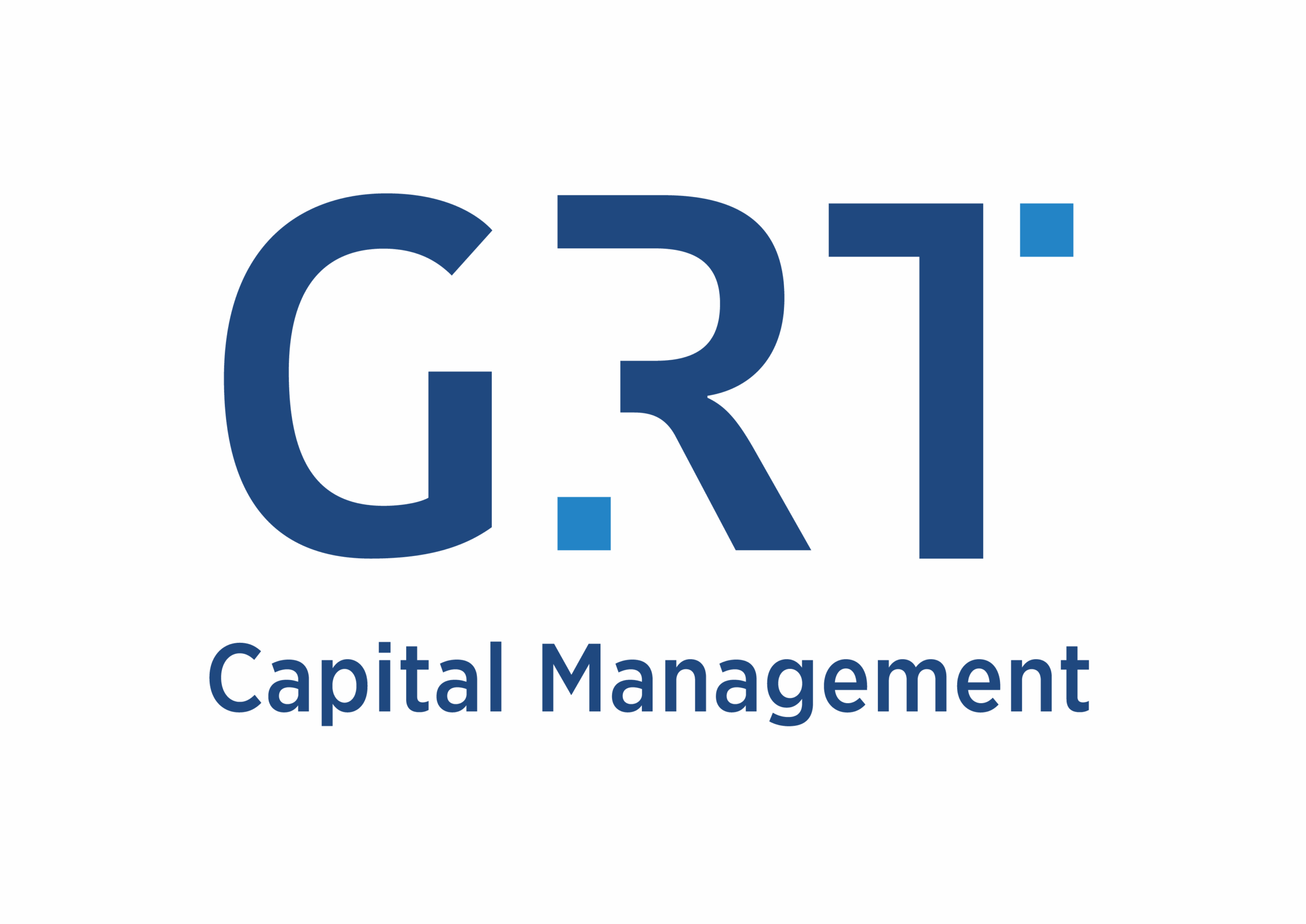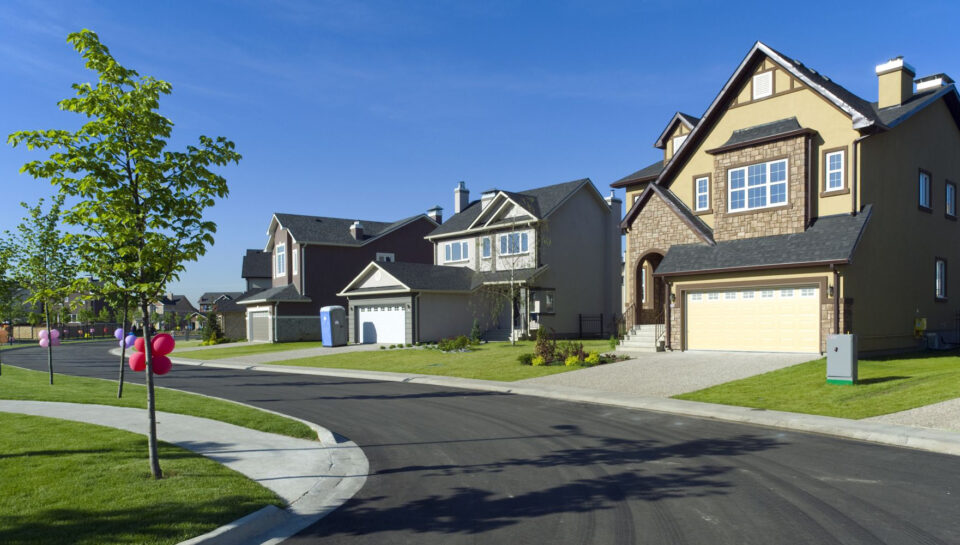In a world of rising geopolitical tensions, shifting trade policy, and capital market volatility, investors are turning to strategies that offer resilience, income, and downside protection. Amid this uncertainty, real estate debt — particularly senior-secured and land-backed — stands out. It combines hard U.S. collateral, USD-denominated cash flow, and capital structure priority in ways traditional equity or unsecured approaches cannot.
This environment favors credit over equity and structure over speculation. Land-backed real estate debt offers a timely balance of security and yields a strategy supported by the economic data shown in the photo and detailed in the attached document.
Outlook Summary: May–October 2025
| Indicator | Forecast | Implication |
| GDP Growth | 1.2%–1.5% | Stable enough to support debt performance |
| Fed Rate | 4.25% | Lock in higher yield before rates decline |
| Property Market | 2.1% growth YOY | Strong collateral base |
| Capital Markets | Debt capital returning selectively | Preference for structured, secured strategies |
| Delinquency rate | ~1.1% (lowest for land-backed loans) | Able to collect interest and loan repayment |
Economic Growth: Slower, Still Supportive of Debt
The U.S. economy is slowing but stable. Bloomberg’s April 2025 consensus sees GDP growth of 1.2% to 1.5% through 2025[1]. While spending is moderating and trade faces pressure, major forecasters, including the Fed and Goldman Sachs, do not expect recession. As Goldman noted, “We’re not in recession territory — just a cautious transition.” This backdrop supports fixed-income strategies with capital preservation at their core.
Lock in Yield While It Lasts
The Fed rate remains at 4.25% – 4.5%, but markets are pricing in cuts by year-end. This creates a timely chance to secure high fixed yields from real estate debt before they compress. Rate stability also supports refinancings and reduces credit risk.
Trade Policy: Boosting Employment Market
The April 9 tariffs have accelerated domestic production. Johnson & Johnson is investing $55 billion in U.S. manufacturing, Apple $500 billion in domestic expansion, and Honda has moved hybrid production to Indiana. These shifts are strengthening employment markets and land demands.
Land: Performing Collateral
U.S. property market is outperforming. Zillow’s Index shows 2.1 year-over-year appreciation[2]. As First American’s Mark Fleming notes, “Land is emerging as a preferred hedge against volatility.” For debt investors, land provides strong collateral and flexible exits.
Real Estate Debt: Strong, Secure, Preferred
Real estate debt offers first-lien security, fixed USD income, and no construction or leasing risk. Trepp’s April 2025 report shows land-backed loans have the lowest delinquency rate at 1.1%[3], versus 6.4% for office and 2.9% for retail — a clear sign that borrowers are most consistently making their payments on time.
Final Takeaway
The next 12 months favor a flight to safety. Real estate debt — particularly when backed by appreciating, entitled U.S. land — offers a rare alignment of yield, protection, and liquidity. For investors seeking security over speculation, our land-backed debt strategy is built for this moment.
[1] https://www.bloomberg.com/news/features/2025-04-25/economists-say-trade-war-makes-us-recession-almost-a-coin-flip
[2] https://www.zillow.com/home-values/102001/united-states/
[3] https://www.fdic.gov/quarterly-banking-profile/qbp-time-series-loan-performance-fourth-quarter-2024



